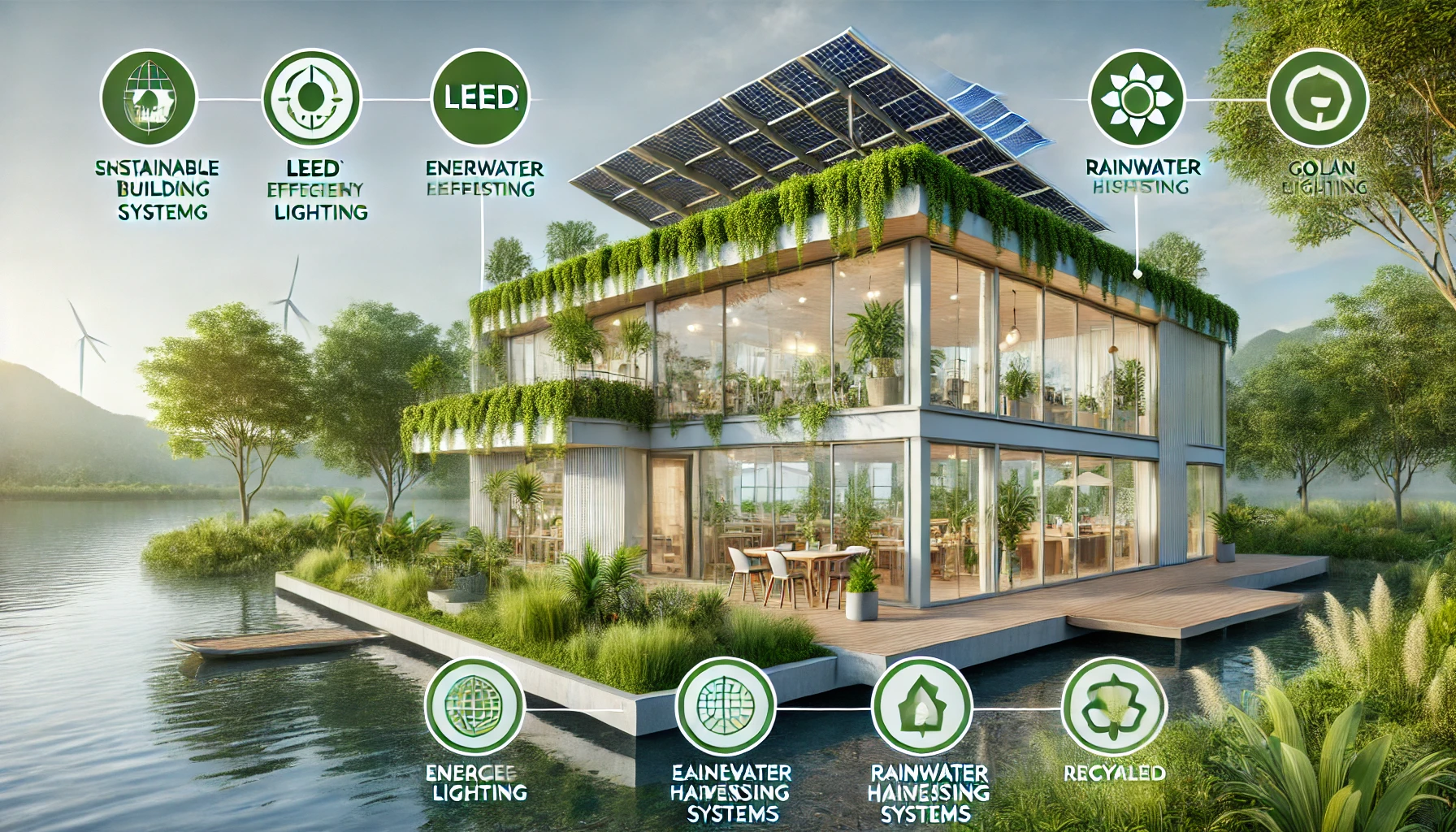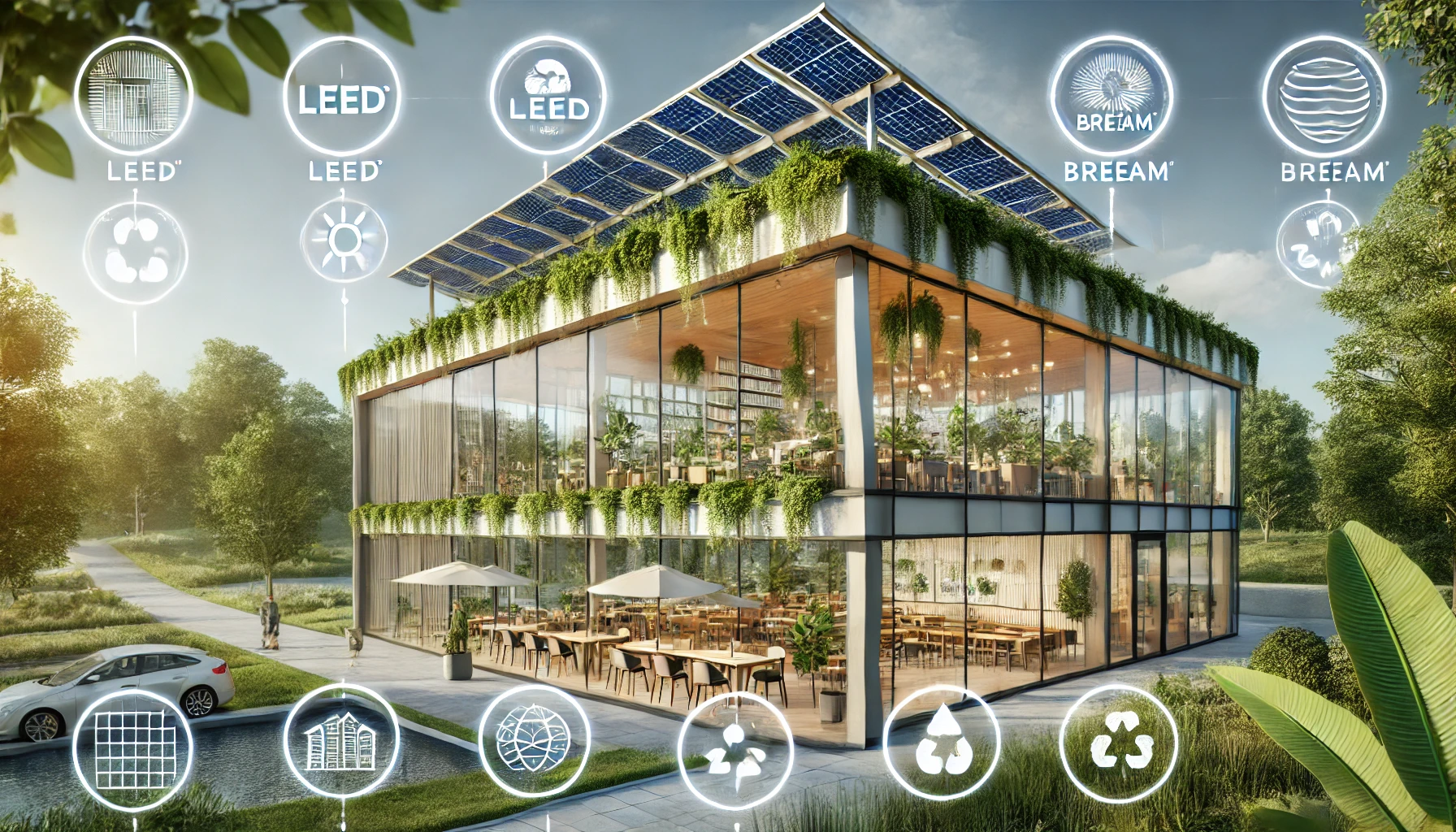The importance of sustainable building materials has never been more significant. With increasing awareness of environmental issues and the impact of construction on our planet, the demand for eco-friendly construction has skyrocketed. Builders and developers are now prioritizing materials that are not only durable and cost-effective but also environmentally responsible. Certification standards play a crucial role in ensuring that these materials meet stringent environmental criteria, promoting sustainability in the construction industry.
In this blog post, we will explore the most prominent certification standards for sustainable building materials: LEED, BREEAM, and other notable standards. We will delve into the criteria and benefits of each certification, helping you understand their significance in the industry. Additionally, we will highlight how Coastal Custom Products aligns with these standards, ensuring our materials contribute to eco-friendly construction. By the end of this post, you’ll have a comprehensive understanding of how to navigate these certifications for your building projects.
What is LEED Certification?
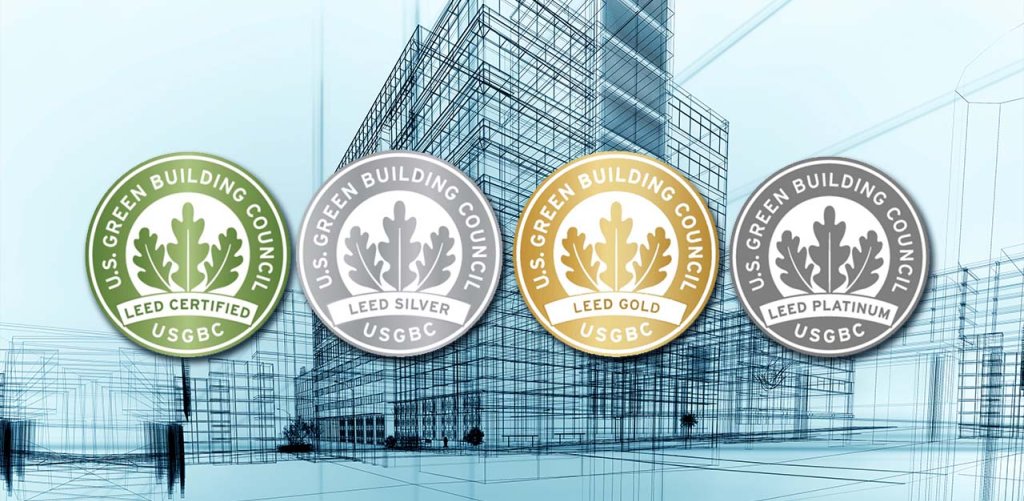
LEED, or Leadership in Energy and Environmental Design, is one of the most widely recognized certification programs in the world. Developed by the U.S. Green Building Council (USGBC) in 1993, LEED provides a framework for healthy, highly efficient, and cost-saving green buildings. It evaluates buildings across several categories to ensure they meet high environmental and performance standards.
LEED certification covers a broad range of categories:
Sustainable Sites (SS)
Encourages strategies that minimize the impact on ecosystems and water resources.
Water Efficiency (WE)
Promotes smarter use of water, inside and out, to reduce potable water consumption.
Energy and Atmosphere (EA)
Focuses on optimizing energy performance, renewable energy, and reducing greenhouse gas emissions.
Materials and Resources (MR)
Encourages the selection of sustainably grown, harvested, produced, and transported products and materials.
Indoor Environmental Quality (IEQ)
Promotes strategies that improve indoor air quality and access to natural light.
The benefits of LEED certification are numerous. It enhances building performance, reduces operating costs, and improves occupant satisfaction. LEED-certified projects are recognized globally as symbols of sustainability achievement and leadership. Examples of LEED-certified projects include the Empire State Building and the Taipei 101, showcasing the program’s widespread acceptance and impact.
Understanding BREEAM Certification
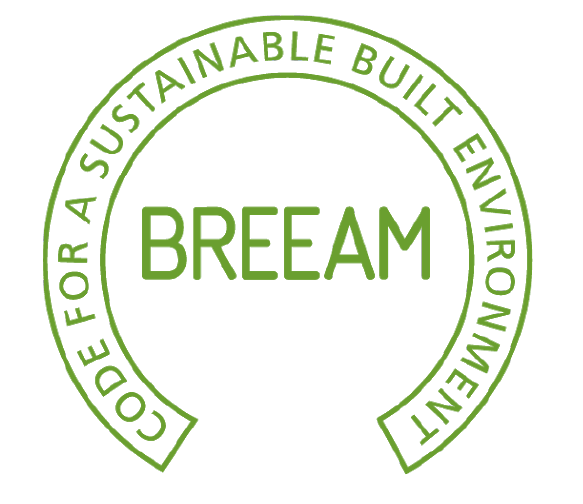
BREEAM, or the Building Research Establishment Environmental Assessment Method, is another leading certification standard. Developed in the UK in 1990, BREEAM is one of the oldest and most established environmental assessment methods for buildings. It provides a robust framework for assessing the sustainability of buildings in various stages of their lifecycle.
BREEAM certification evaluates buildings based on several key areas:
Management
Examines project management processes and practices.
Health and Wellbeing
Focuses on the health and comfort of building occupants.
Energy
Assesses energy consumption, carbon emissions, and renewable energy sources.
Transport
Considers the building's accessibility to public transport and other sustainable transport options.
Water
Evaluates water use efficiency and conservation measures.
Materials
Looks at the sourcing and environmental impact of building materials.
Waste
Promotes waste reduction, reuse, and recycling during construction and operation.
Land Use and Ecology
Encourages the protection of ecological value and biodiversity.
Pollution
Aims to minimize the building's impact on surrounding environments through reduced pollution.
BREEAM certification offers numerous advantages, including improved building performance, enhanced marketability, and higher property values. Projects like London’s The Shard and the Amsterdam Central Station are notable examples of BREEAM-certified buildings, demonstrating the program’s extensive application and success.
Other Notable Sustainable Building Standards
While LEED and BREEAM are the most prominent, several other certification standards play a vital role in sustainable building:
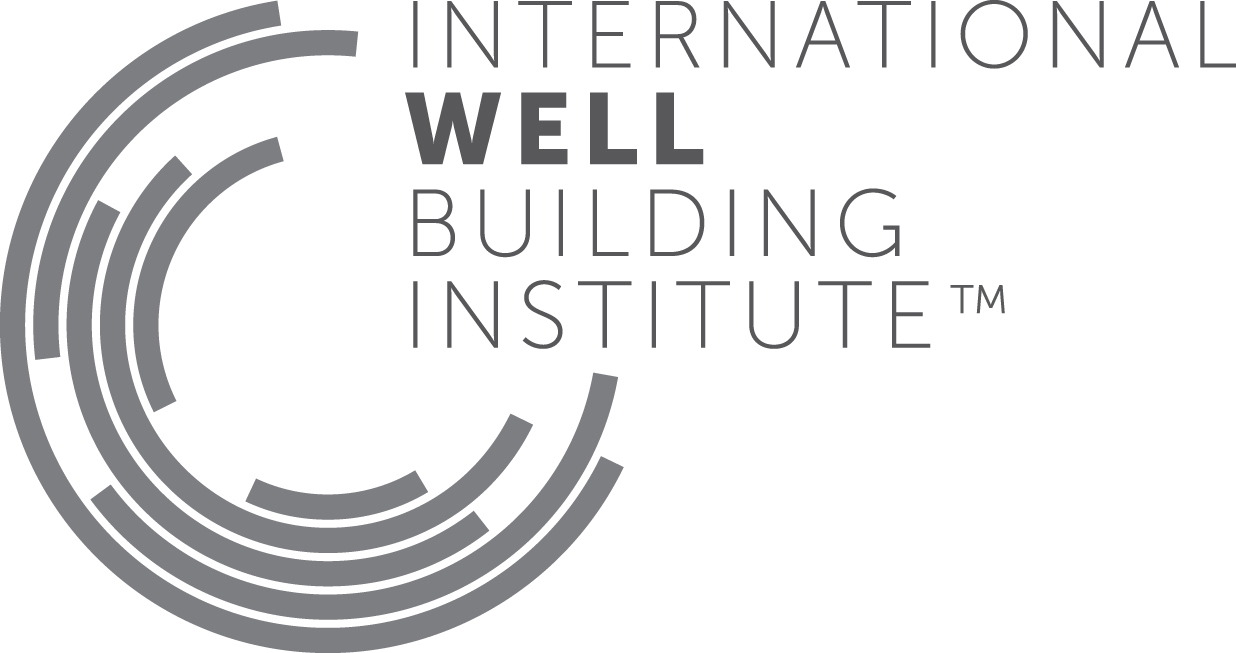
WELL Building Standard
Focuses on the health and well-being of building occupants, emphasizing air, water, nourishment, light, fitness, comfort, and mind.

Green Globes
A flexible and affordable green building rating system that evaluates the environmental impact and sustainability of buildings.
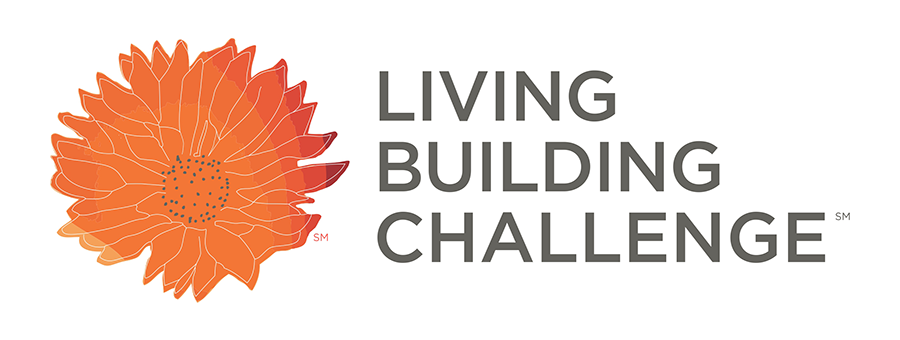
Living Building Challenge
A rigorous performance standard that promotes buildings that are self-sufficient and regenerative, aiming to have a positive impact on the environment.

Passive House
Focuses on energy efficiency, aiming to reduce a building's ecological footprint by ensuring high levels of thermal comfort and energy savings.
These standards each have unique focuses and benefits, catering to different aspects of sustainability. For instance, the WELL Building Standard is renowned for prioritizing human health, while the Living Building Challenge sets the bar for regenerative design. Examples of buildings certified under these standards include the Bullitt Center in Seattle (Living Building Challenge) and the H-E-B Austin Tech Hub (WELL).
Choosing the Right Certification for Your Project
Selecting the appropriate certification standard for your project depends on various factors:
Project Location and Climate
Different standards may be more suitable depending on the geographical and climatic conditions of your project.
Type of Building and Intended Use
Consider whether the building is residential, commercial, or industrial, and its specific sustainability goals.
Budget and Resources
Each certification comes with its own cost and resource requirements.
Long-Term Sustainability Goals
Align the certification standard with your overarching sustainability objectives.
Navigating the certification process can be complex, but numerous resources and support systems are available to guide you. Consulting with sustainability experts and utilizing online tools can streamline the process and help you achieve your certification goals.
Conclusion
Certification standards are essential in promoting sustainable building practices and ensuring the environmental responsibility of construction materials. By understanding LEED, BREEAM, and other notable standards, builders and developers can make informed decisions that benefit both the environment and their projects. Coastal Custom Products is dedicated to providing materials that meet these stringent criteria, supporting the creation of eco-friendly and sustainable buildings.
For more information and support in choosing the right sustainable building materials, contact Coastal Custom Products. Visit our website, reach out for consultations, and follow our blog for more insights on sustainable building materials. Let’s build a greener future together.


